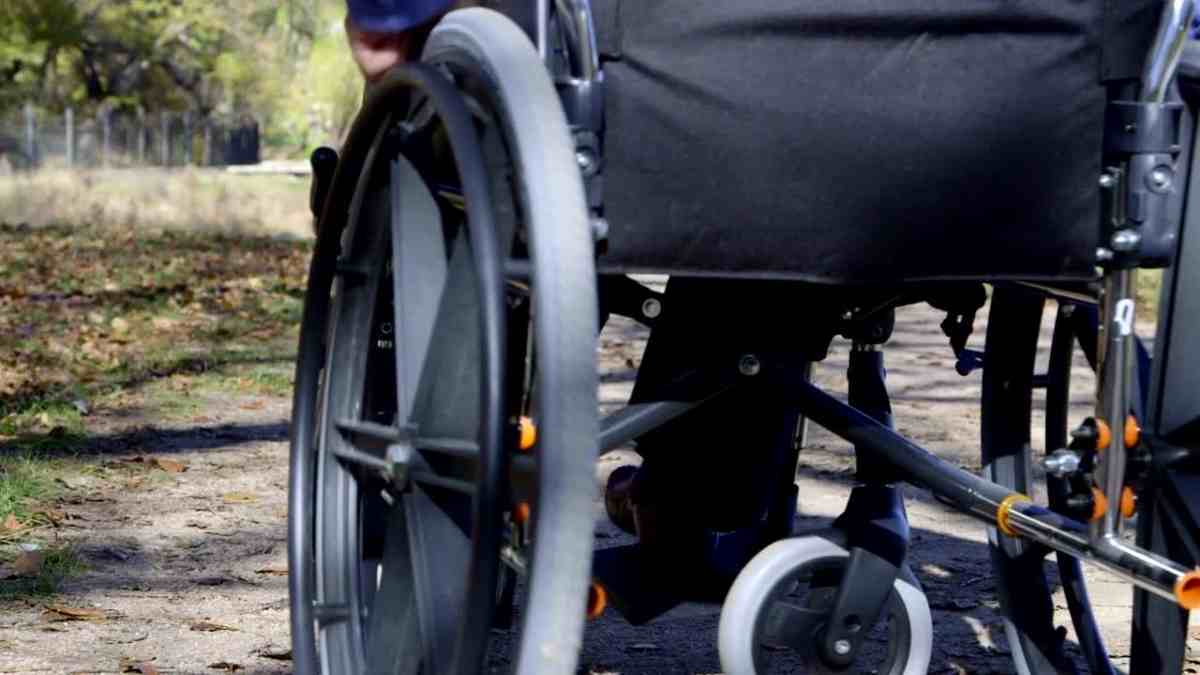SSDI is the Social Security Disability Insurance while SSI is the Supplemental Nutrition Assistance Program in the United States. In general, SSI is due on the first day of the month. However, it is sometimes sent on the previous business day which is always late in the month.
Social Security Disability Insurance will arrive next on June 26, so the first one to be sent in July will be SSI. Therefore, Supplemental Security Income recipients should plan their monthly budget before. Disability Insurance can receive money on July 3, 10, 17 and 24.
Which recipients can get more money, SSI or SSDI?
Although it will depend on the beneficiary, SSDI usually sends more money on average. For example, the average Disability Insurance is worth about $1,537. In fact, payments tend to be much higher for them.
Bear in mind that SSI recipients can receive about $697 on average. Maximum amounts are also higher for Disability Insurance because they can receive a check or direct deposit of up to $3,822.
SSI recipients can get up to $943 if they are single. Married couples can receive up to $1,415. Another group of SSI recipients are essential persons, who can get the smallest checks, up to $472.
Why are SSDI payments higher than SSI?
For your information, SSI is a supplement low-income Americans could get if they have a disability, are blind, or are at least 65 years old. Thus, if you get SSDI it is because you have earned enough work credits.
Do not forget that if you have jobs covered by SSA, have worked for 35 years, and have earned the taxable maximum and filed when required, you could get up to $3,822.
Not having enough work credits means you will not qualify for SSDI. In general, a person who is 60 needs about 9.5 years of work to get Social Security Disability Insurance. As you can see, SSI is based on different criteria and calculations. As SSI recipients may not have paid enough taxes, payments are much lower.




